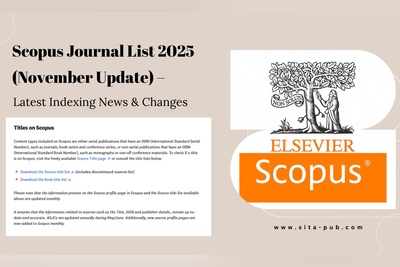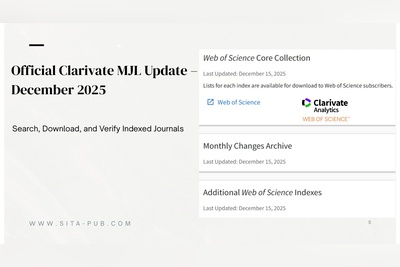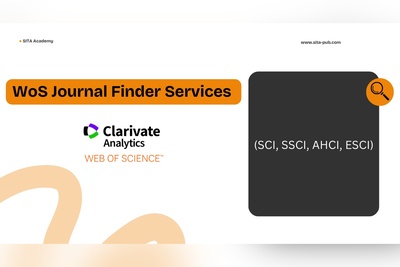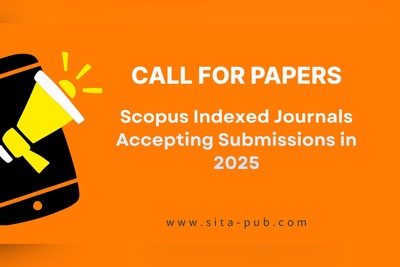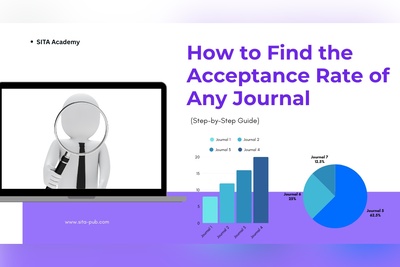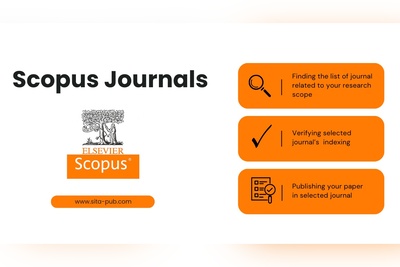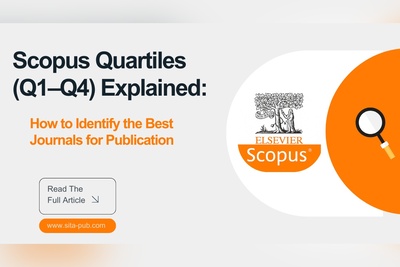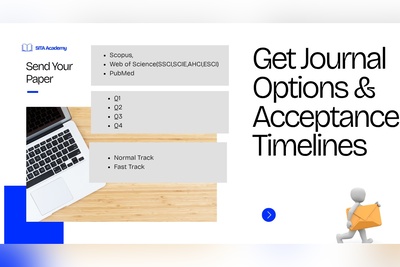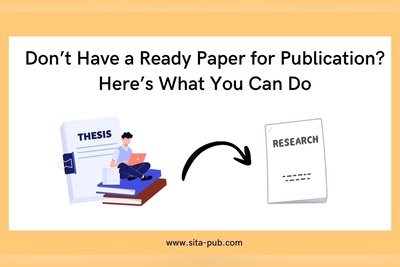Journal Submission Services vs. Doing It Yourself: Pros & Cons
Discover a complete guide to submitting your research paper to international journals like Scopus, ISI, or PubMed.
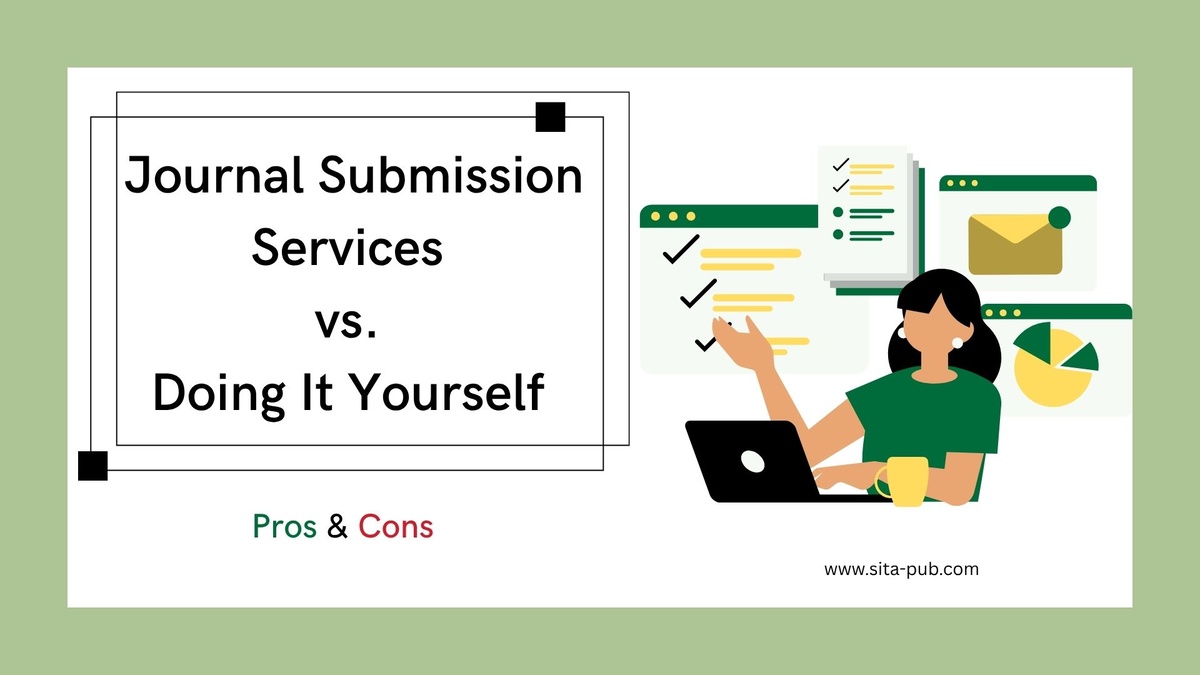
Submitting a research paper to an international journal means formally presenting your scientific work to a peer-reviewed academic publication for evaluation and potential publication. These journals—especially those indexed in Scopus, Web of Science, or PubMed—follow strict academic and ethical standards, making them some of the most respected platforms for global research.
One of the first decisions you'll face is whether to submit your manuscript yourself or seek help from a professional journal submission service. This article will guide you through that decision by covering:
The standard steps in the journal submission process
Common challenges that researchers face
How SITA Academy supports researchers during submission
A comparison of the pros and cons of doing it yourself vs. using professional services
Step-by-Step Guide to the Journal Submission Process
Whether you’re submitting your paper independently or through a professional service, these are the essential steps you must follow to ensure a smooth and successful submission to an international journal:
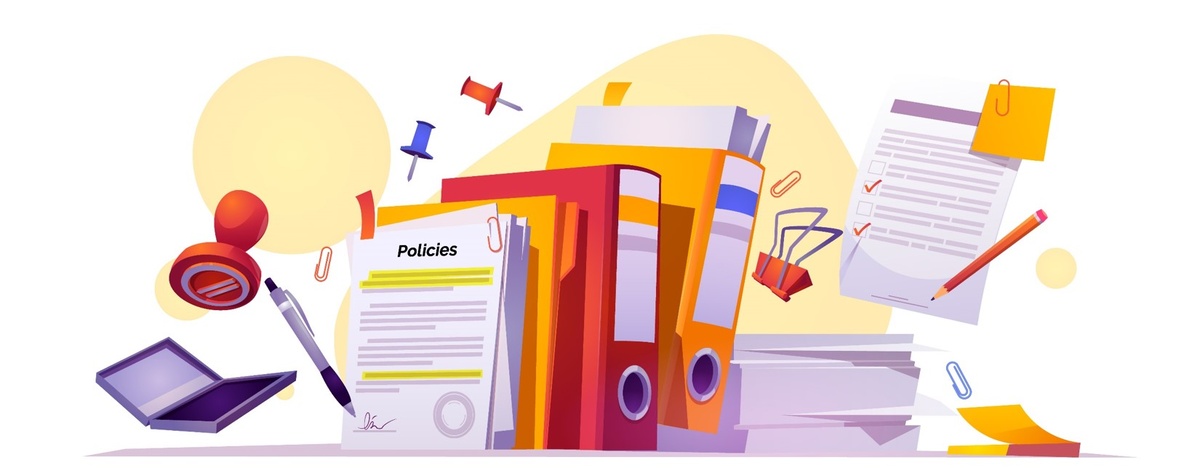
1. Journal Selection
Identify journals that align with your research topic, field, and indexing goals (e.g., Scopus, Web of Science, PubMed).
Consider the journal’s impact factor, scope, target audience, language, and Article Processing Charges (APCs).
Always verify the journal’s credibility to avoid predatory or fake journals. Use indexing databases and official websites.
2. Manuscript Preparation
Format your manuscript strictly according to the journal’s author guidelines.
Ensure correct referencing style (e.g., APA, Vancouver), proper manuscript structure (Abstract, Introduction, Methods, etc.), and high-quality tables and figures.
Stay within word limits and follow all ethical publishing standards, including citations and authorship transparency.
3. Plagiarism Checking and Removal
Before submission, run your manuscript through a reliable plagiarism detection tool (e.g., Turnitin, iThenticate).
If overlaps or unoriginal content are found, rephrase, paraphrase, or cite properly to reduce similarity.
A low similarity score is often a requirement for acceptance in Scopus or ISI-indexed journals.
4. Native English Editing
For non-native English speakers, having your paper edited by a professional academic editor can greatly enhance clarity and readability.
Journals expect grammatically sound, well-structured manuscripts. Poor language is a common reason for rejection.
Native English editing ensures your research is communicated effectively and professionally.
5. Writing a Cover Letter
Prepare a concise, compelling cover letter that:
Summarizes your research findings
Explains the significance of the study
Justifies why it fits the scope of the chosen journal
Personalize the letter to the journal editor—this increases the chances of acceptance.
6. Submission via Online Journal Portal
Create an author account on the journal’s submission system.
Upload:
The manuscript
Cover letter
Figures, tables, and supplementary materials
Required documents (e.g., author contributions, ethics declarations, conflict of interest forms)
7. Peer Review Process
The journal’s editorial team sends your paper to subject experts for review.
You may receive comments requesting minor or major revisions based on methodology, clarity, novelty, or structure.
8. Responding to Reviewers
Revise your manuscript according to the reviewers’ comments.
Prepare a point-by-point response letter, explaining the changes made or justifying your choices.
Be respectful and professional in tone—it significantly affects editorial decisions.
9. Final Acceptance and Publication
Once approved, your paper undergoes:
Proofreading and formatting
Typesetting
Final checks before online or print publication
Your article will then be indexed in Scopus, PubMed, or Web of Science, depending on the journal.
Pro Tip: Missing any of these steps—or executing them poorly—can lead to delays, rejection, or submission to the wrong type of journal. Getting help from professionals can make a big difference.
Challenges That Require Expert Handling
Submitting a paper isn’t just uploading a file. There are multiple technical and strategic hurdles. Common challenges include:

Choosing an inappropriate journal that doesn’t match your research scope or isn’t indexed.
Incorrect formatting, referencing, or failure to follow submission guidelines.
Missing documents such as author declarations, conflict of interest forms, or ethical clearance.
Poorly written cover letters that fail to capture the editor’s attention.
Mismanagement of revisions, unclear responses to reviewers, or failure to resubmit correctly.
Falling into predatory traps by submitting to fake or non-indexed journals.
Delays due to rejection or unnecessary rounds of revision caused by errors.
These issues can delay your publication by weeks or even months.
How SITA Academy Handles the Submission Process
We offer an all-inclusive journal submission service that guides researchers through every phase of the publication journey:
Journal Selection
We provide a personalized list of journals that fit your research topic, academic goals, and budget. Each suggestion comes with:
Indexing status (Scopus, ISI, PubMed)
Quartile ranking (Q1-Q4)
APCs (if any)
Average review and acceptance timelines
Journal scope and language requirements
Manuscript Review & Formatting
Our academic editors:
Format your paper according to journal specifications
Review manuscript structure (Abstract, Introduction, Methods, Results, Discussion)
Ensure accurate citations and referencing style (APA, Vancouver, etc.)
Improve figures, tables, and visual elements
Native English Editing
We offer native-level proofreading and editing to:
Eliminate grammar and syntax errors
Enhance academic tone and clarity
Improve fluency for non-native English speakers
Cover Letter & Supplementary Files
We help you create or refine:
Cover letters and Graphical Abstract
Conflict of interest forms
Ethical approval declarations
Author contribution statements
Submission & Revisions
Our team:
Manages the online submission process
Monitors the paper’s progress
Handles correspondence with journal editors
Guides you through revision and resubmission after peer review
Post-Submission Support
After acceptance, we support you through:
Typesetting and Galley Proof
Final publication tracking
Scopus or ISI indexing verification
Translation, Plagiarism Checking, and More
SITA Academy also provides additional critical services:
Academic Translation
If your research is in Arabic, French, Russian, or another language, we translate it into clear, professional English suitable for international journals.
Plagiarism Detection and Removal
We use tools like Turnitin and iThenticate to scan your manuscript. If any overlap is found, we help rewrite the content to ensure originality and avoid desk rejection.
Pros & Cons: Journal Submission Services vs. Doing It Yourself
Submitting the Paper Yourself

Pros:
No additional cost
Full control over every detail
Learn the academic publishing process

Cons:
Time-consuming and technically demanding
High chance of formatting or documentation errors
Difficult to identify trustworthy journals
Risk of rejection or delays
Increased stress, especially under academic deadlines
Using Journal Submission Services

Pros:
Saves time and effort
Higher success rate due to professional formatting and editing
Expert help in journal selection
Thorough document preparation and compliance
Suitable for non-native English speakers

Cons:
Requires a service fee
Less personal control (though you stay informed at every step)
Verdict:
For experienced researchers with time and confidence, self-submission is viable. But for early-career academics, students, or those under pressure, using a professional service like SITA Academy can significantly improve your chances of success.
Ready to Submit Your Paper?
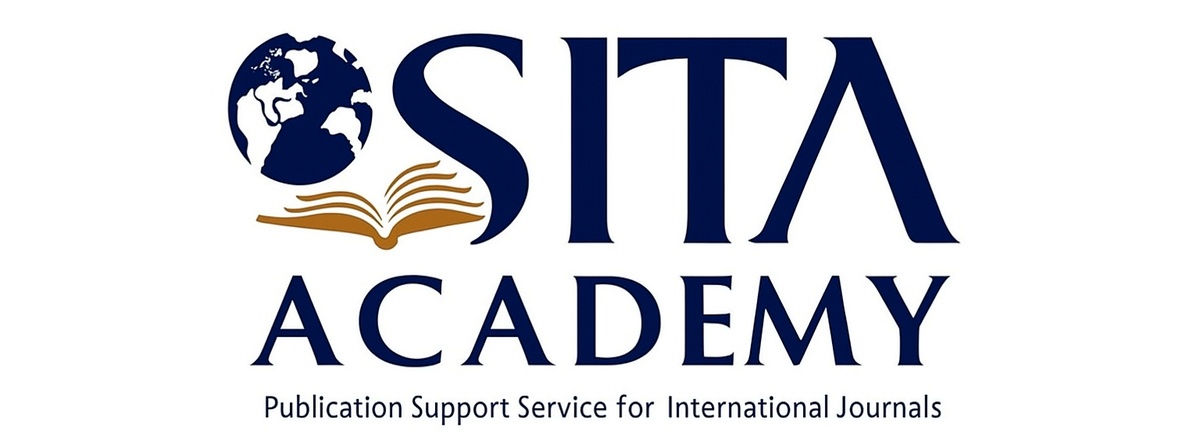
If you’re working on a:
Master’s thesis
PhD dissertation
Faculty Promotion research paper
...we can help you get it published in the right journal.
Contact SITA Academy today through below verified channels and:
Live chat on our website
WhatsApp for quick support
Email for detailed inquiries
We will evaluate your manuscript, suggest suitable journals, and take care of the entire submission process from A to Z.
Verified Contact Channels
If you have any questions, inquiries, or would like to learn more about our services, please don't hesitate to reach out to us. Our dedicated team is ready to assist you.





